Beijing’s UCCA Center for Contemporary Arts opened a Shanghai branch, UCCA Edge, on May 22.
What is UCCA Edge?
In short, Shanghai’s newest space devoted to high-quality contemporary art. Spread across three floors of a tower block designed by architects SO – IL, UCCA Edge includes 18,000 square feet of exhibition space, an outdoor sculpture terrace, and extensive retail and public space. Though staffed by a separate team, it will coordinate with the Beijing flagship and UCCA Dune, located in Beidaihe, and include its collaborative platform UCCA Lab and art education program UCCA Kids.
Located in Suzhou Creek, downtown Shanghai, UCCA Edge is located close to established art institutions such as MoCA Shanghai and the Rockbund Art Museum, but some distance from the West Bund, a government-back multibillion dollar regeneration project that has turned a former industrial zone into a cultural corridor that now counts the Yuz Museum and Center Pompidou x West Bund Museum Project as tenants.
Why it matters
Within a broader context and at a time when most museums are looking in rather than building out, it evidences a continuation of the rapidly expanding physical footprint of China’s museum sector. Between 2016 and 2020, a new museum opened in China every other day, reaching close to 6,000 (the U.S., for reference, has around 35,000).
Since first opening inside Beijing’s 798 Art District in 2007, UCCA has been a pioneer both in terms of the Chinese artists it has presciently platformed and the international exhibitions — from Pablo Picasso to Olafur Eliasson — it has proved capable of curating. Arrival in Shanghai marks the continued rebalancing of cultural gravity between China’s two biggest cities, a point deftly noted with Edge’s opening exhibition, City on the Edge: Art and Shanghai at the Turn of the Millennium, which revisits the artists and works that first catalyzed the city into global conversations at the beginning of the 21st century.
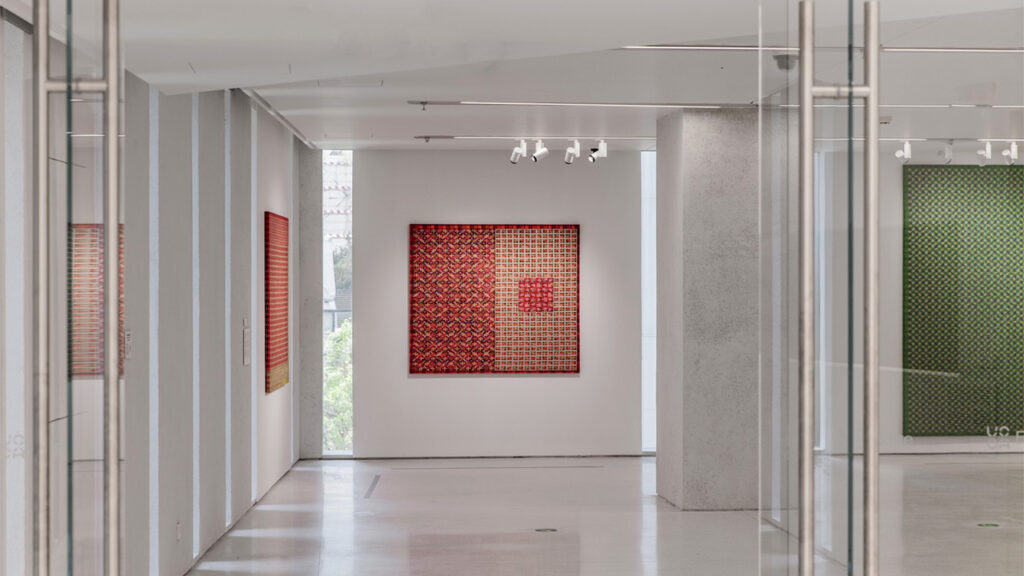
Installation view of City on the Edge at UCCA Edge. Image: UCCA Edge
The new location also presents UCCA as a network of museums, capable of sharing resources, expertise, and indeed exhibitions, a unique model in China and one Director Philip Tinari has described as a process toward building “a national institution.” It lands in Shanghai with an already formidable brand identity and the chance to work in tandem with Beijing and Beidaihe, as will be the case later this year when Becoming Andy Warhol, comprised of 300 works from the Andy Warhol Museum in Pittsburgh, begins in Beijing in July before moving to Shanghai in November.
What they said
“With the opening of UCCA Edge, we will be able to deliver top-quality programming to audiences in China’s two largest metropolitan areas, moving us one significant step closer to becoming a truly national institution. We look forward to deepening our relationships with artists and publics in this great city.” — Philip Tinari, UCCA Director and CEO
What it looks like
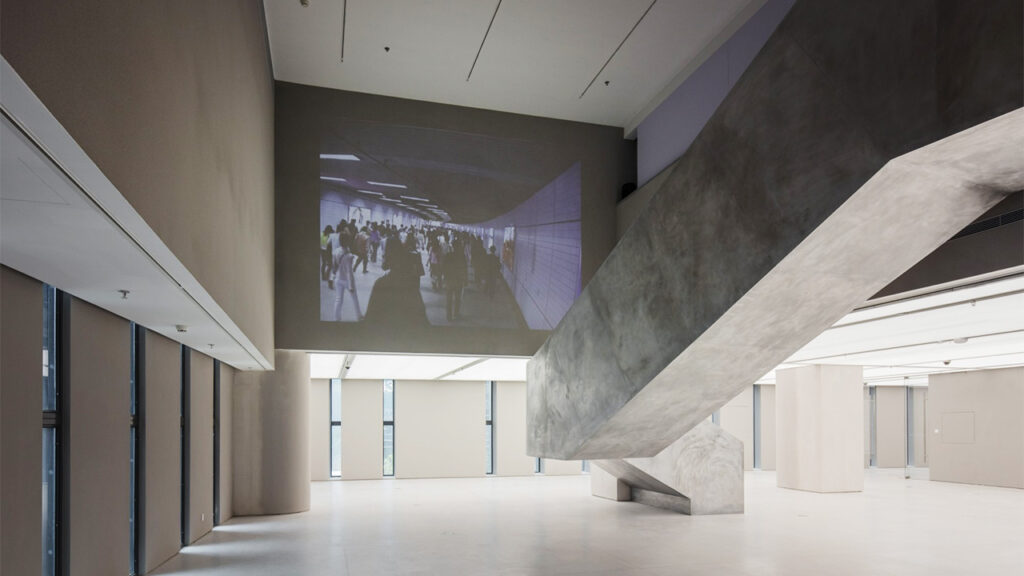
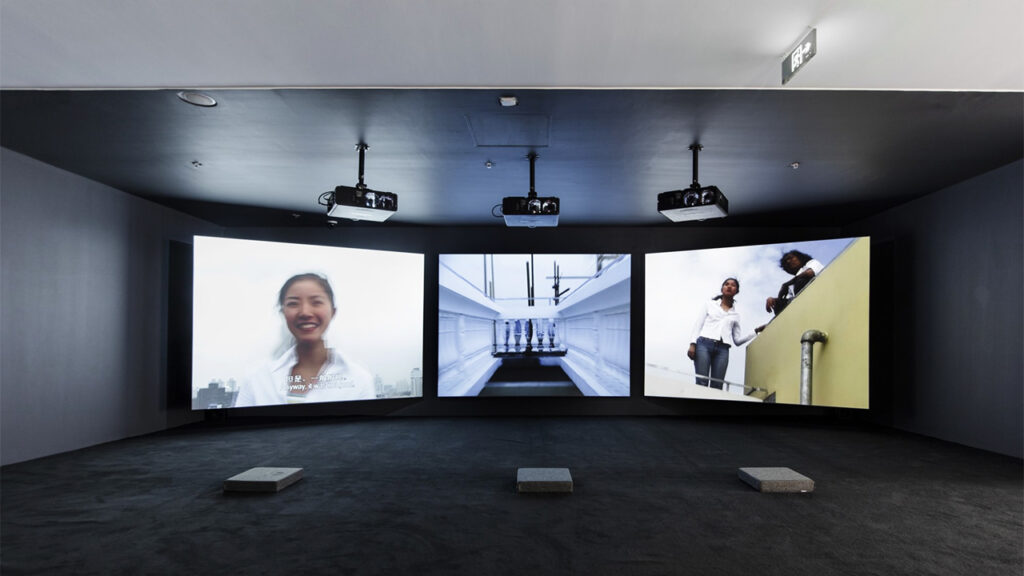
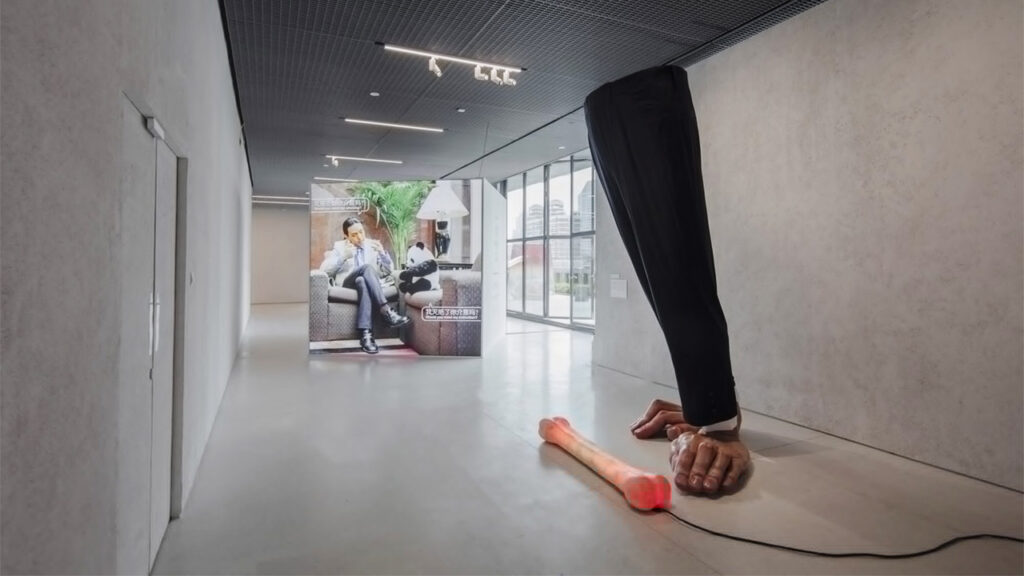
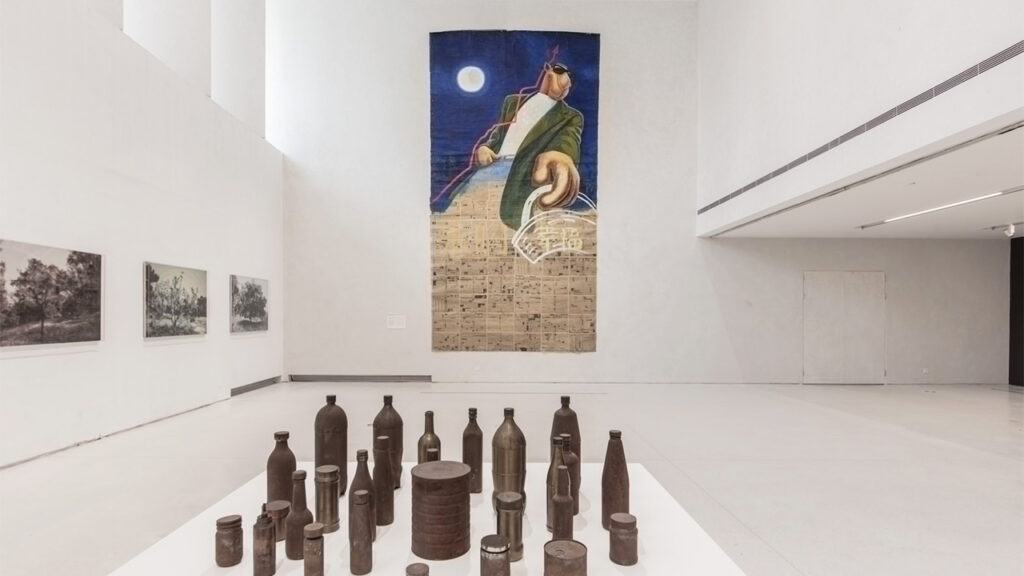
Installation views of City on the Edge at UCCA Edge. Images: UCCA Edge



